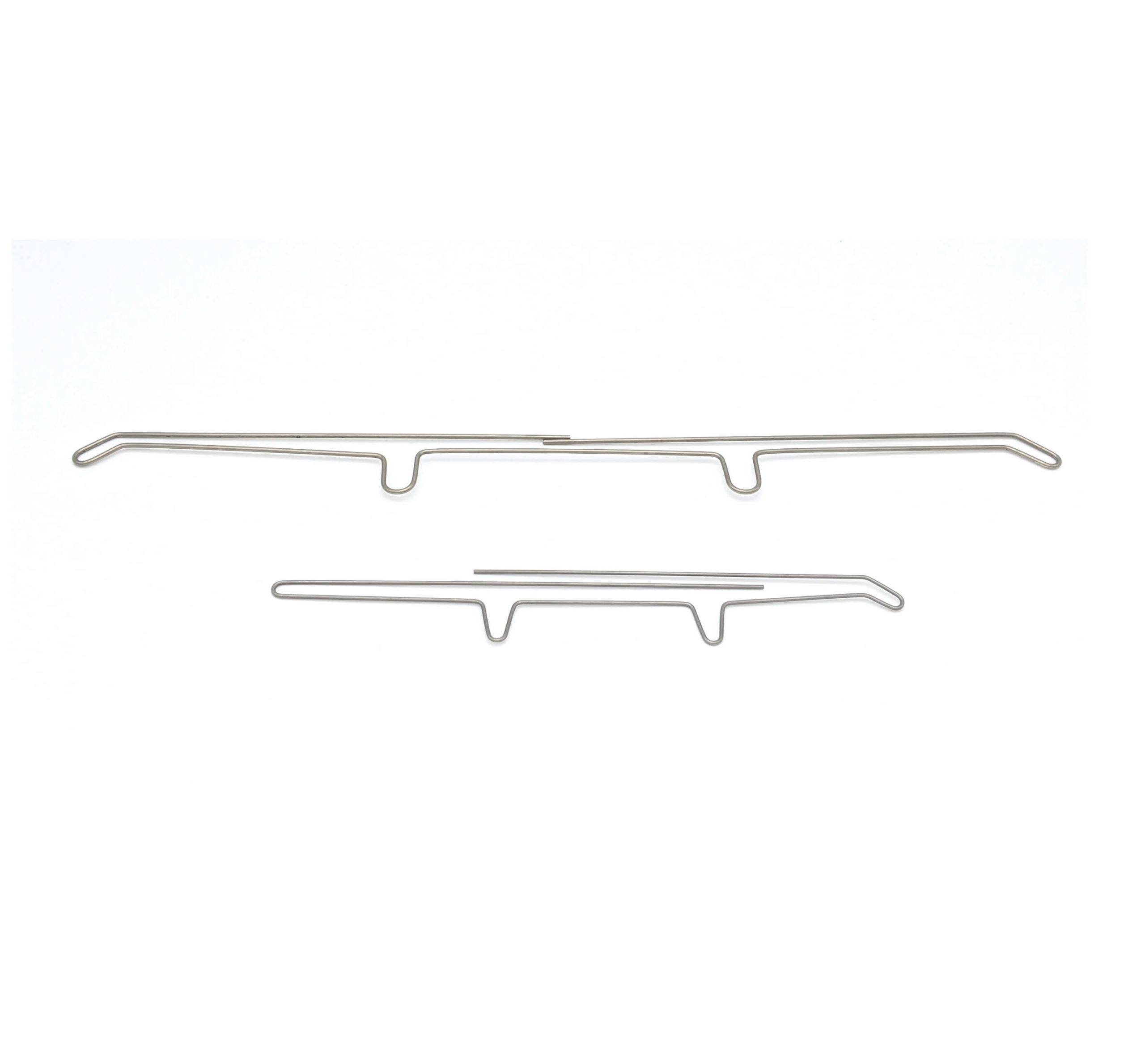Get unique, complex parts easily. No matter your requirements, Chaoyi Spring creates hard-to-produce coil springs and wire forms.
Let us help you create the custom wire form you need, from S-hooks and J-hooks to utility hooks and more.
We work closely with customers across a wide range of industries, helping them design and manufacture made-to-order parts.
Why choose Chaoyi Spring? We prioritize customer-focused collaboration, modern equipment and the latest technology to make your parts per print.
Find the information and guidance you need, from measuring a spring to learning about materials, placing an order and much more.
In the realm of physics, the concept of an ideal spring serves as a foundational tool for understanding the behavior of real-world springs and systems exhibiting elasticity. While no spring


In the realm of physics, the concept of an ideal spring serves as a foundational tool for understanding the behavior of real-world springs and systems exhibiting elasticity. While no spring is truly ideal in reality, this theoretical model simplifies the analysis of spring systems, allowing us to grasp the fundamental principles of elasticity and oscillations. This article will explore the characteristics of an ideal spring, its key applications, and how it differs from real-world springs.

An ideal spring is a theoretical construct characterized by a linear relationship between the force applied to it and its deformation. It embodies a simplified model, devoid of any complexities such as weight, mass, damping losses, or limits. This means that the force exerted by an ideal spring is directly proportional to its extension or compression.
The concept of an ideal spring is crucial in physics for several reasons. Firstly, it provides a framework for understanding the fundamental principles of elasticity, allowing physicists to derive equations that describe the behavior of real-world springs. Secondly, the ideal spring model serves as a starting point for analyzing more complex systems that involve springs, such as oscillators and mechanical systems.
The behavior of an ideal spring is governed by Hooke's law, which states that the force (F) exerted by a spring is directly proportional to its displacement (x) from its equilibrium position. This can be mathematically expressed as:
F = -kx
where k is the spring constant, a measure of the stiffness of the spring. The negative sign indicates that the force exerted by the spring opposes the displacement.
The ideal spring model is widely used in various applications in physics and engineering, including:
1. **Simple Harmonic Motion (SHM):** The concept of an ideal spring is fundamental to understanding simple harmonic motion, a type of periodic motion where a restoring force acts proportionally to the displacement from equilibrium. Examples include a mass attached to a spring oscillating back and forth, or the pendulum's swing. The ideal spring model helps us analyze and predict the period, frequency, and amplitude of these oscillations.
2. **Oscillators:** Ideal springs are used in the design of various oscillators, devices that produce periodic vibrations or waves. These oscillations can be used to generate a wide range of signals and frequencies, essential for communication, timing, and other applications.
3. **Mechanical Systems:** The ideal spring model is incorporated into the analysis and design of mechanical systems, where springs are used for energy storage, shock absorption, and controlling motion. From car suspensions to complex machinery, understanding the ideal spring concept allows engineers to optimize the performance and safety of these systems.
While the ideal spring model provides valuable insights into the behavior of real-world springs, it is important to recognize its limitations. Real-world springs deviate from this theoretical model in several ways:
1. **Mass and Weight:** Real-world springs have mass, which affects their dynamics, especially at higher frequencies. In contrast, an ideal spring has no mass, making it easier to analyze.
2. **Damping:** Real-world springs exhibit damping, a gradual decrease in their oscillation amplitude due to energy dissipation through friction and internal resistance. An ideal spring has no damping, its oscillations would theoretically continue forever.
3. **Non-Linearity:** The force-displacement relationship in real-world springs can become non-linear, especially when stretched or compressed beyond their elastic limit. An ideal spring always maintains a linear relationship.
4. **Limits:** Real-world springs have limits to their extension and compression, beyond which they can deform permanently or break. An ideal spring can be stretched or compressed indefinitely, with no limit.
While the ideal spring model is a theoretical concept, it provides a foundation for understanding the behavior of real-world springs and elastic systems. The ideal spring model simplifies the analysis and allows us to grasp fundamental principles. However, it's crucial to be aware of its limitations and consider the factors that differentiate real-world springs from this theoretical construct. Understanding both the ideal spring and its limitations is essential for accurately predicting and controlling the behavior of elastic systems in various applications.
As we delve deeper into the world of physics and engineering, the ideal spring model serves as a stepping stone, helping us understand the complex world of elasticity and oscillations. While not perfect, the ideal spring provides a framework for developing more realistic models of real-world springs, enabling us to solve complex problems and design innovative solutions.
Browse some of the custom wire forms and springs that we manufacture. Don’t see what you need? We specialize in made-to-order products that meet your application requirements.
Visit Our GalleryNeed a custom wire form or coil spring? We make it work. Fill out the contact form and a representative will respond within 1 business day. If you have a PDF or CAD file, you can submit to request a quote.